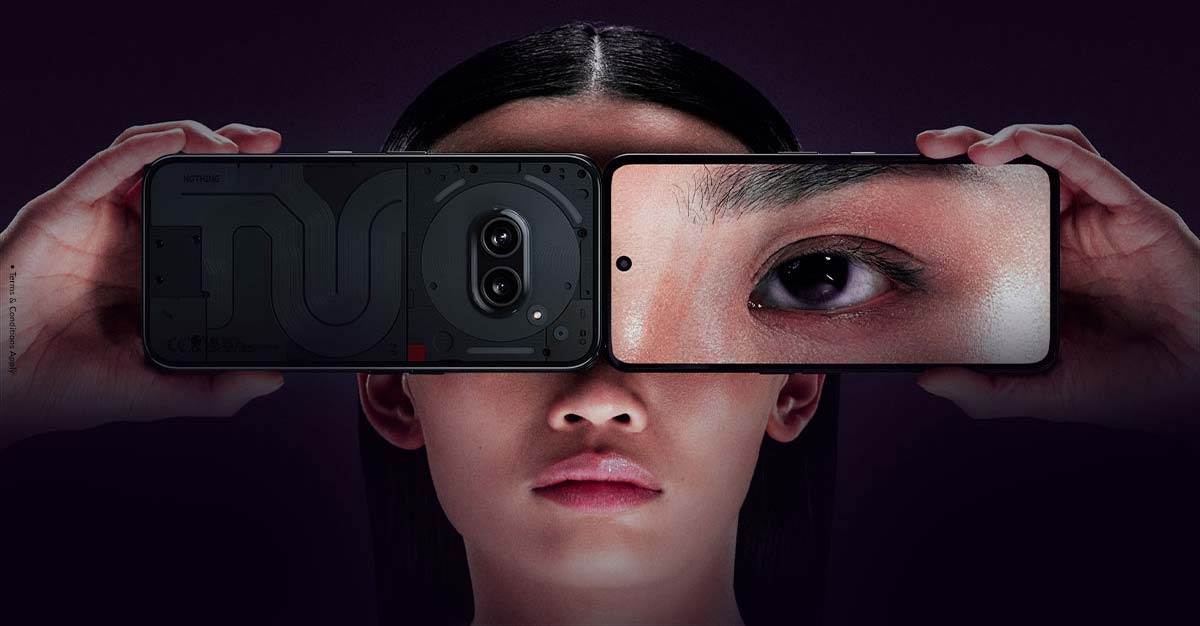Still Pictures Quality - Low Light ISO Performance
Low Light Night/Indoor:
With above tests in daylight, we are happy with how Lumia 1020 performed during our tests in random shooting under random daylights sunny/cloudy/foggy. As well it performed great during a trip arranged specially to shoot with Lumia 1020. Indoor performance of a camera should equally be good for great photos to keep. Specially when it’s in a phone, it’s used just by anytime that you’ll not want to draw you digital camera from the cupboard. Now a days a phone camera is used most randomly in home than a standalone digital cam for day-to-day point and shoot. If your phone camera is better indoor with or without flash with no undesired blurry camera shakes in the photos, than it’s really a plus point.
With Lumia 1020 I’ve spent a lot more time and captured a lot more pictures than with any other camera. With its bigger sensor than any other phone camera, Lumia 1020 is currently best camera phone with optical image stabilizer in lens that handles low-light conditions very well more than any other phone in the market.
Let’s rewind some tech things in Lumia 1020 that make it called the best in market. The optical image stabilizer (OIS) in Lumia 1020 is the major element to perform outstandingly in low-light, the bigger sensor as well helps in the same way. When discussing about phone cameras, they just struggle delivering a bit good image shots. Manual exposure controls are not present, hence most of the phones provide auto settings and end up at about 1/15th of shutter speed and higher ISO sensitivity where blur caused by camera-shake still occurs and still scenes comes out having a lot of digital noise. The OIS in Lumia 1020 amazingly performs well in handling camera-shake that lets you shoot at as slowest shutter speed as 1/6th of the second. In result low ISO sensitivity can be used for even more better results. The shutter speed can go even more down when shooting still scenes.
This is amazing that Lumia 1020 performs really well on higher ISO sensitivity. Thanks to the oversampling technique from Nokia that helps increasing detail on usable 5MP image and reduced noise/grain in the image.
Low Light ISO Performance:
Controlling ISO along with the shutter speed actually helps using Lumia 1020 as a camera. Following sample shots were taken indoor without flash to test how does Lumia 1020 perform against the light sensitivity and handle noise with high ISO levels.
|
Download untouched:
|
Download untouched:
|
Above sample shot taken at ISO 100 and 1/6th of the second for shutter speed on the left. OIS worked great such slower shutter speed and the resulted picture is completely noise free due to low ISO sensitivity used. On the other hand (right above) the ISO was 3200 where the camera used faster shutter speed.
Look closer and find what’s the difference and how Lumia 1020 performed with higher ISO sensitivity. Left image is really smooth and free of noise as you can see below.

On the right the sensitivity is at ISO 3200 where Lumia 1020 used the faster shutter speed 1/221 of the second which however can be performed by other competitors but they do not serve with the oversampling of huge set of pixels, hence end up with full of noise. In the above shot Lumia 1020 worked still well with ISO 3200 and there is really less noise beyond my expectations. Even most dedicated cameras won’t match at this higher ISO level. I say, Nokia’s Oversampling really does work.
Following crops are from full resolution shot of 34MP. Now look at the actual quality of the image where 1 pixel is exactly 1 pixel of the sensor. There is no oversampling involved where the ISO 100 version still performed could easily beat competitors – thanks to manual slower-shutter speed and the brilliant OIS performance. Sharpness seems to be lost due to the focus on the front middle of the object which is currently not in the frame, the black lines can be identified as getting focus readily on the left. Image on the Right has all the noise that the Lumia 1020 actually produced on ISO 3200.

The above shots were taken indoor with standard tube light in the room.
Night Shot: Following shots impressed me with the performance in night with spot lights on the clock tower where I could choose my settings to shoot the scene.
|
2x Zoom, ISO 200, 1/4 sec Download untouched: |
|
For above shot I set the Lumia 1020 to take it at ISO 200 with 1/4th of the second. At this slower shutter speed, can you see the non-blurred sharpness in the image? Again that credit goes to the optical image stabilization that has been equipped and implemented very well in Lumia 1020. The image is sharp with no blur prominent that could have been caused by camera-shake in any phone without the OIS. There is visible noise in 34 MP image but the detail is still impressive.
|
Download untouched: |
100% crop from 5MP shot, looks really sharp and without noise free. Following crop is from high-res shot which still shows detailed image with some noise but not over so.
|
A workout with DNG. If I didn’t tell above, shooting with DNG raw support enabled, you lose the capability of reframing right after shooting. Once captured, that’s it. If you have zoomed-in to take a shot you won’t be able to zoom-out later via reframing. Hence you do have the actual negative shot which you can later process manually on your computer. So if you don’t want to get in a mess like that, you better stay with leaving the Nokia Camera app shoot at 5MP+38MP resolutions for better in-the-phone photo processing.
To take the following shot, I could have enough time to set the Lumia 1020 on my desired settings as the traffic signal just turned green. It took the shot at ISO 640 in 1/15th of the second.
|
Auto: ISO 640, 1/15th sec. As the focus was on the cannon as well the frame was zoomed in the bright area leaving the frame just got over exposed where the light was more than what was in the frame. Download untouched:
|
|















